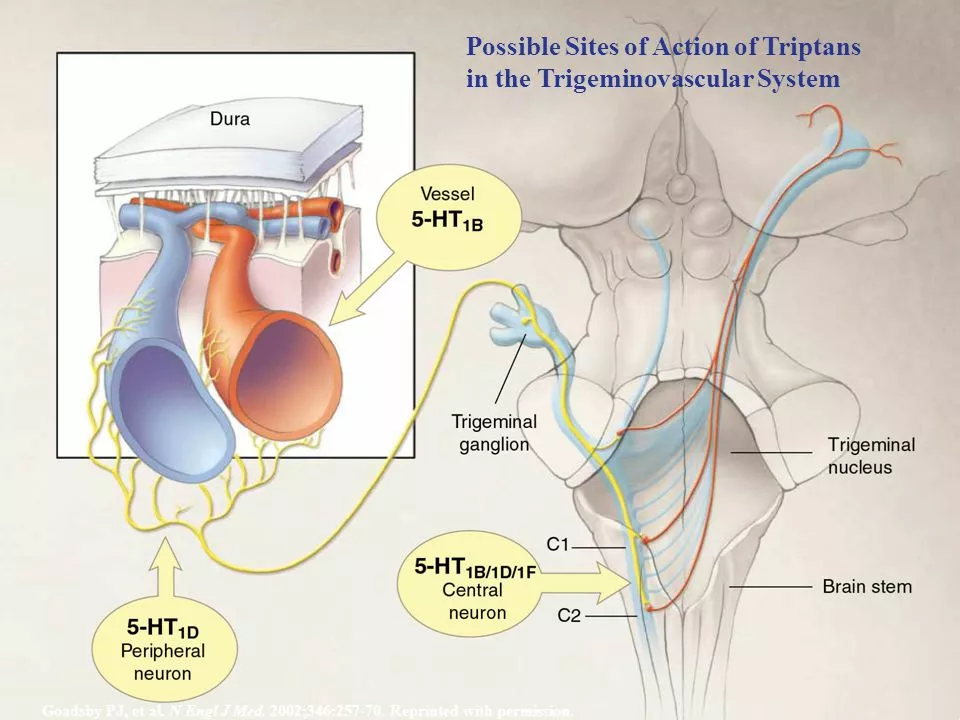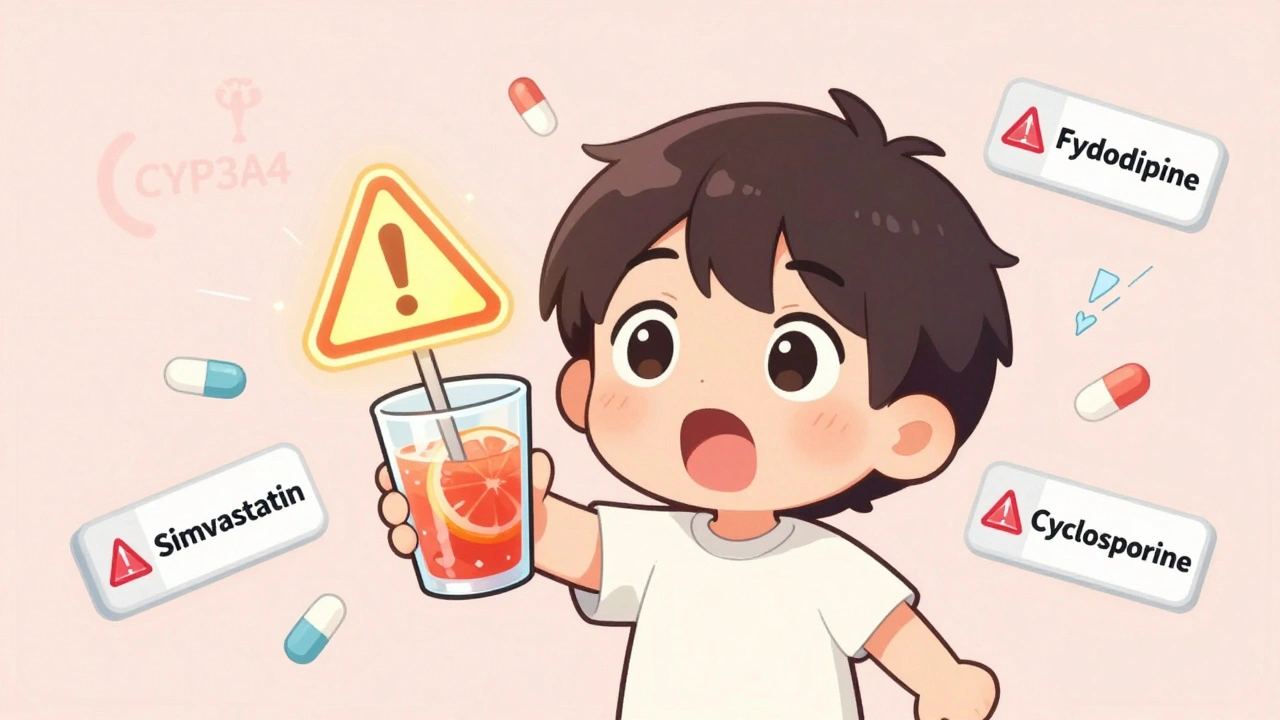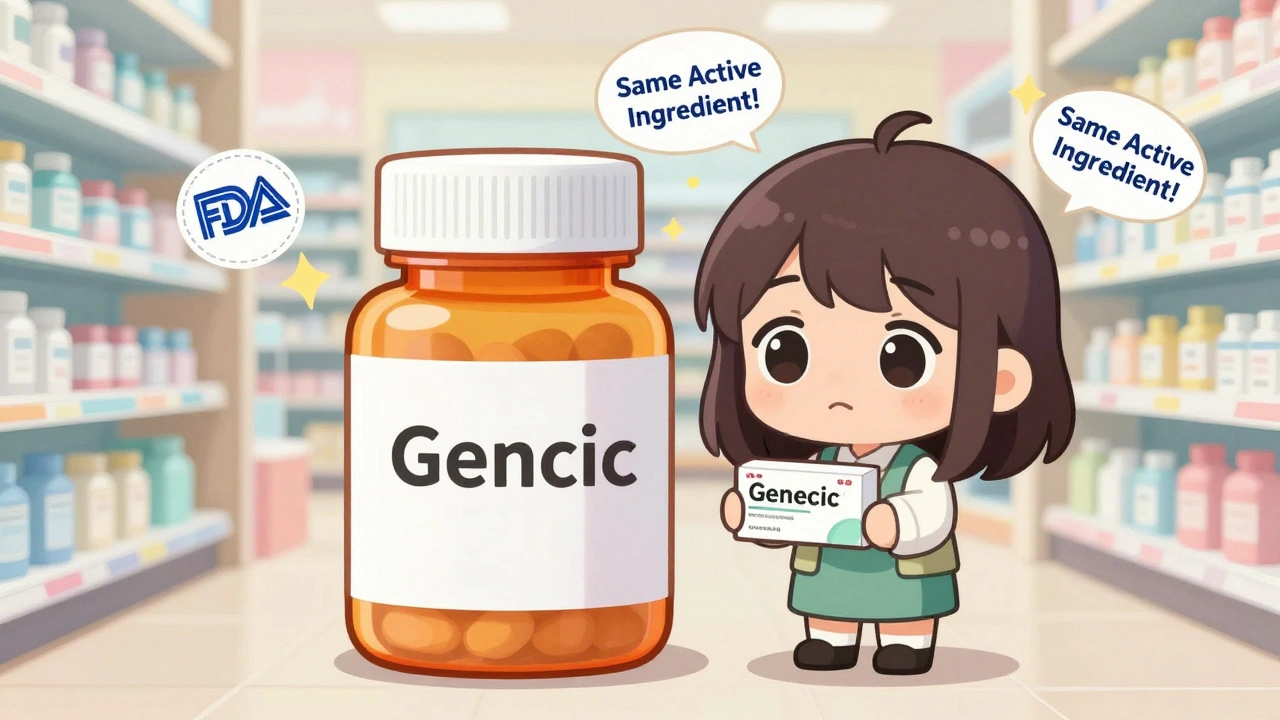Mechanism of Action: Understanding How Medicines Work
Ever wondered why a pill eases your headache while another one lowers your blood sugar? The answer lies in the drug's mechanism of action – the way it interacts with your body to produce a therapeutic effect. Think of it as the drug's playbook: each medication has a specific set of moves it uses to tackle a health problem.
Take ibuprofen, for instance. Its mechanism blocks an enzyme called COX, which normally makes prostaglandins that cause pain and inflammation. By stopping that enzyme, ibuprofen reduces the swelling you feel after a sprain. Contrast that with insulin, which works by binding to receptors on cells and signaling them to pull glucose from the blood. Different problems, different playbooks, same goal – help you feel better.
Knowing the mechanism matters because it tells you what to expect and what to avoid. If a drug works on a certain enzyme, other medicines that affect the same enzyme could cause unwanted interactions. And side effects often stem from the same pathways the drug uses, so understanding the mechanism can clue you into why you might feel a bit off after starting a new prescription.
Why Knowing the Mechanism Helps You
When you understand how a medicine works, you can ask better questions at the pharmacy or doctor’s office. Want to know if a new painkiller might interfere with your blood thinner? Knowing that both target clotting pathways lets you get a clear answer quickly. It also empowers you to spot red flags – for example, if a drug that slows heart rate is prescribed alongside another that does the same, you’ll recognize the risk of a dangerously low pulse.
Common Mechanisms You’ll Meet
Enzyme inhibition – many drugs, like statins for cholesterol, stop enzymes that produce harmful substances. Receptor agonism – think of bronchodilators for asthma; they bind to lung receptors and relax airway muscles. Receptor antagonism – antihistamines block histamine receptors, easing allergy symptoms. Ion channel modulation – certain anti‑seizure meds keep nerve cells calm by controlling sodium channels. DNA/RNA interference – antibiotics like ciprofloxacin stop bacterial DNA replication, killing the bug without harming you.
These categories cover most everyday prescriptions, but the list isn’t endless. Each new drug on the market adds a twist to the playbook, and the more you know, the easier it is to stay safe and get the most benefit.
Bottom line: a drug’s mechanism of action is the shortcut to understanding what it does, how it might interact with other meds, and why side effects appear. Next time you pick up a prescription, glance at the label or ask your pharmacist – “What’s the mechanism here?” – and you’ll walk away with a clearer picture of how your body is being helped.





